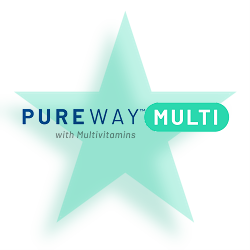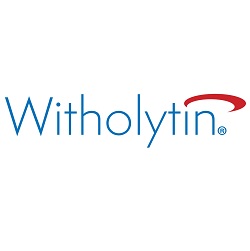Probiotic-Fortified Yoghurt May Trim Belly Fat

Boosting the probiotic in yoghurt
The study included 210 Japanese people with large abdominal fat areas. They were divided into three groups and given either 200 grams (about 7 ounces) of high-probiotic yoghurt, low-probiotic yoghurt, or no-probiotic yoghurt to eat every day for 12 weeks. The yoghurts all contained equal amounts of two bacterial strains commonly used to ferment milk into yoghurt. The high-probiotic yoghurt provided an additional 2 billion CFU (colony forming units) of the test probiotic, Lactobacillus gasseri, per day, and the low-probiotic yoghurt provided 0.2 billion CFU of L. gasseri per day.
L. gasseri is part of the family of lactic acid–producing bacteria that colonize the human intestines and are thought to provide a wide range of health benefits.
Shrinking body fat with probiotic-enriched yoghurt
Examinations done every four weeks during the study and once four weeks after the end of the study showed that the two probiotic yoghurt groups had positive changes in body composition:
- abdominal fat area was reduced,
- overall body fat was reduced,
- BMI (body-mass index, a ratio of weight to height that is used to diagnose overweight and obesity) decreased,
- waist circumference decreased, and
- hip circumference decreased.
The changes seen in this study were similar in both probiotic groups and were greater than reductions seen in the no-probiotic group. However, four weeks after stopping the yoghurt, the benefits diminished and the differences between the probiotic yoghurt groups and the no-probiotic group were lost.
Consistency matters more than the amount
The changes seen in the probiotic yoghurt groups were similar to those seen in a previous study performed by the same team of researchers in which participants ate a more concentrated probiotic-fortified yoghurt that provided 20 billion CFU of L. gasseri per day, leading the study authors to speculate that lower amounts of this particular probiotic may be as effective as higher amounts when it comes to reducing body and belly fat. They added that, based on their findings, “constant consumption might be needed to maintain the effect.”
The study authors also noted that L. gasseri appears to have a stronger effect than regular yoghurt bacteria, which were present in all of the yoghurts and in greater concentrations than the L. gasseri in the probiotic-fortified yoghurts.
Maintaining your friendly gut bacteria
In addition to considering a probiotic supplement, here are a few ways to promote the colonization and growth of healthy intestinal bacteria:
- Eat prebiotic-rich foods. Prebiotics are fibres in food that are indigestible by humans but are readily digested by healthy gut bacteria. Fruit and vegetables generally provide good amounts of prebiotic fibre, but asparagus, garlic, onion, and Jerusalem artichoke (or sunchoke) are especially rich.
- Limit animal protein and simple carbohydrates. Both can promote the growth of unhealthy intestinal micro-organisms.
- Eat fermented foods. In addition to yoghurt and other fermented milk foods, lactic acid-forming bacteria are found in unpasteurised sauerkraut, kimchi, and fermented vinegar-free pickles. Although the strains of lactic acid-forming bacteria found in these foods may not have the same effect on fat metabolism as was seen in this study, these bacteria have been found to prevent intestinal and vaginal infections, improve general digestive health, strengthen immune function, and may prevent certain cancers.
(Br J Nutr 2013; doi:10.1017/S0007114513001037)
Copyright © 2024 TraceGains, Inc. All rights reserved.



 We are proud to announce that
We are proud to announce that  As the market evolves, customers increasingly request a wider variety of omega-3 options for their lipid...
As the market evolves, customers increasingly request a wider variety of omega-3 options for their lipid...  Maintaining healthy glucose levels is crucial for preventing metabolic conditions like diabetes,...
Maintaining healthy glucose levels is crucial for preventing metabolic conditions like diabetes,...  Looking at formulating a new vitamin blend? Discover
Looking at formulating a new vitamin blend? Discover 







































